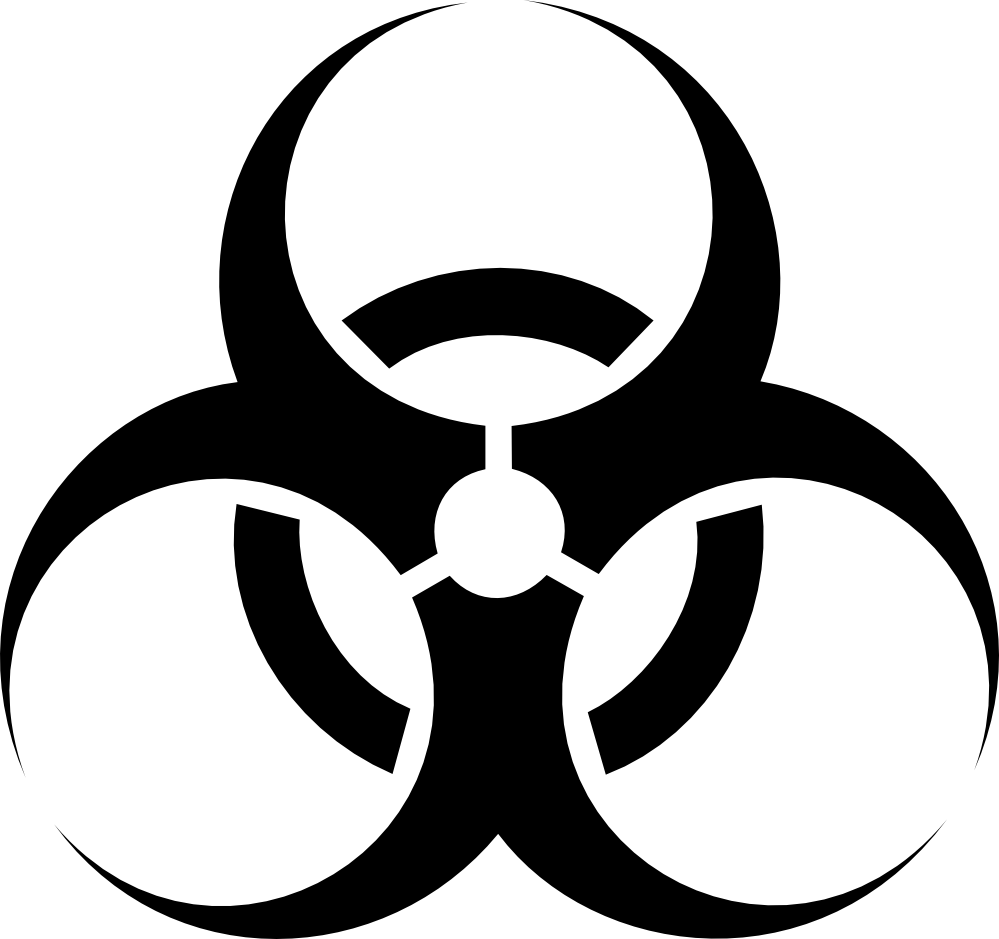Resources with keywords: pandemic
Gillum D, et al.
The US government issued a long-awaited policy update last month intended to better manage the hazards associated with risky biological research.
The federal COVID-19 PHE declaration ended on May 11, 2023.
Scobie HM, Panaggio M, Binder AM, et al.
Surveillance data from October 1, 2020–March 22, 2023
Silk BJ, Scobie HM, Duck WM, et al.
The authors indicate the following: “Changes to the national COVID-19 monitoring strategy and COVID Data Tracker capitalize on marked improvements in multiple surveillance systems.”
The impact of pandemic influenza outbreaks on individuals and societies can be reduced by being well prepared. This means having a comprehensive plan, that has been tested and refined through conducting exercises, engaging the whole of society.
National plans should be flexible enough to respond to outbreaks of various intensity. Communication will be one of the most challenging tasks during an outbreak and it should be planned well in advance.
Qualls N, Levitt A, Kanade N, et al.
The Influenza Risk Assessment Tool (IRAT) is an evaluation tool conceived by CDC and further developed with assistance from global animal and human health influenza experts. The IRAT is used to assess the potential pandemic risk posed by influenza A viruses that are not currently circulating in people. Input is provided by U.S. government animal and human health influenza experts.
Antia R, Halloran ME
The emergence of severe acute respiratory syndrome coronavirus 2 (SARS-CoV-2) and its associated disease, coronavirus disease 2019 (COVID-19), has caused a devastating pandemic worldwide. Here, we explain basic concepts underlying the transition from an epidemic to an endemic state, where a pathogen is stably maintained in a population. We discuss how the number of infections and the severity of disease change in the transition from the epidemic to the endemic phase and consider the implications of this transition in the context of COVID-19.


